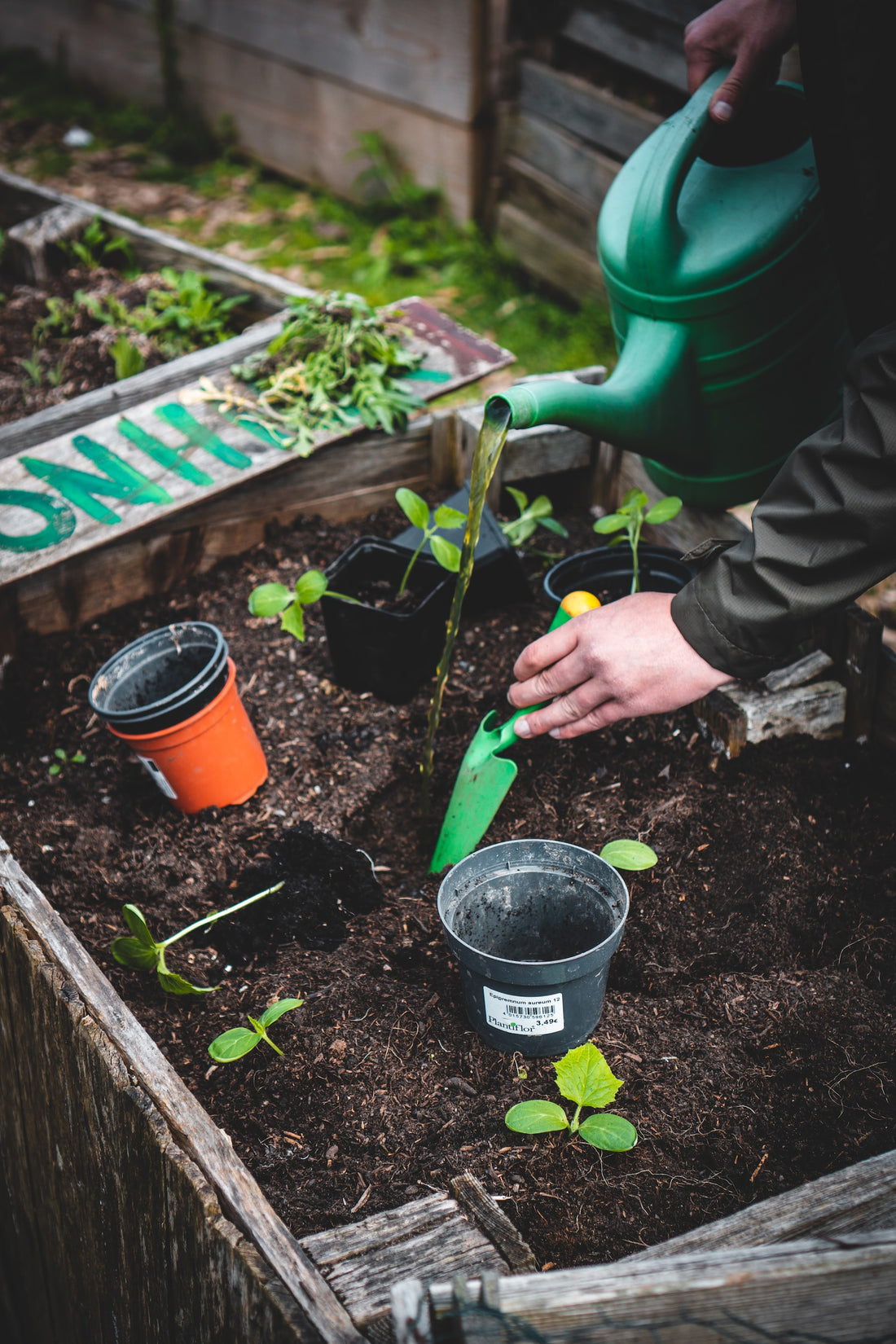Vegetable gardening is extremely rewarding, offering excellent reasons to get outside and dig in the dirt regularly, as well as providing incredible eats. But, for many, maintaining a garden can be too time-consuming. With jobs and kids and pets to think of, sometimes it is challenging to find enough time to devote to the garden. These tips will help all those struggling and make the gardening experience all that more enjoyable.
Time-Saving Tips For Gardeners
Plant Perennials
Perennials are the crops that keep on giving. A perennial vegetable produces new growth and harvests every year with minimal effort on your part. Once the plant is established, it maintains for years or even decades. The only downside is that the plants might take a few years to establish, so you have to be patient initially. It is entirely worth it, though. And it's good to be thinking into the future.
Perennial vegetables:
- Garlic
- Rhubarb
- Asparagus
- Sweet Potatoes
- Yams
- Artichokes
- Many herbs are also perennials, including basil, fennel, lemon balm, oregano, thyme, rosemary, mint, sage, and chives.
Other amazing and prolific perennial options include all the berries (raspberries, strawberries, blackberries, blueberries, mulberries) and fruit trees (apple, pear, peach, orange, lemon, avocado).
Plant Low-Maintenance Crops
Some vegetables are easier to grow than others. By picking the easier ones, you automatically simplify your gardening tasks.
Easy vegetables:
- Tomatoes
- Potatoes
- Lettuce
- Zucchini
- Summer Squash
- Spinach
- Asian Greens (like tatsoi)
- Beans
No-Till Gardening
Embrace no-till gardening to reduce spring gardening tasks. There is actually no need to till, and it harms your soil and, therefore, your crop production. Learn more here: How To Start A No-Till Garden
Mulch It All
Mulch is the powerhouse of the garden. It blocks weeds, reduces evaporation, and warms the soil. This translates to less weeding(!), less watering, and longer growing seasons for the gardener. There are lots of mulch options, including leaf, wood chips, grass clippings, and straw. Learn more about the wonders of mulch here: The Benefits of Mulching
Automate
There are quite a few ways to automate tasks in the garden. One big one, and probably the most beneficial for saving time, is automatic watering. If you set up a drip line system and attach it to a timer, you don't ever have to worry about hand watering again. It does take some investment and time to set up, but it's not difficult at all. And it's completely worth it, especially in the heat of the summer.



